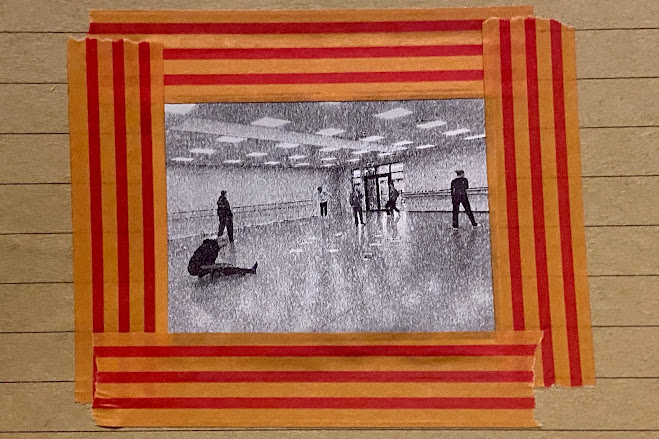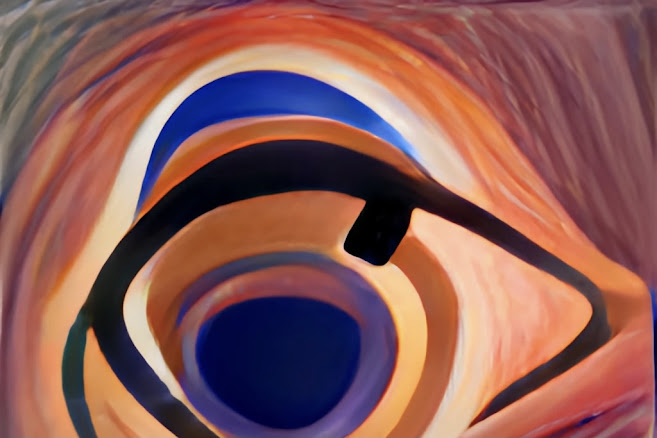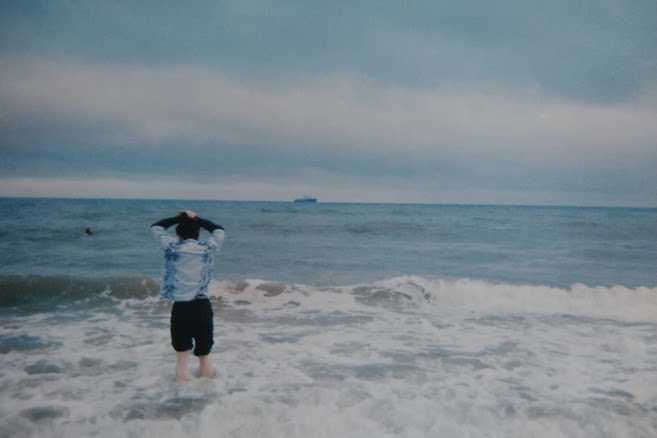5. tightly knotted to a similar string
I wanted to practically test some of the ideas from scholarship in the studio with students, here are some things that came up: It’s so hard when my main practice isn’t necessarily pedagogy, to not connect theories around learning and teaching to my own work as a teacher. I decided to let them be a bit blurred and mashed together. I decided I would both deliver the session as a trial of taking experiential learning as form and guide, but also trying to teach and articulate some of the areas where I feel I have significant learning - but that I wouldn’t normally incorporate into my teaching practice (especially with pre-professionals.) And here it gets messier. Because I have a real interest in developing and making space for the autonomy of performers I work with. However, this becomes complicated as I’m engaging with theory around reflective learning which now I see relates both to what I’ve learned and also how I’ve learned it. I feel some clarity in this: Schön (1987) on The...













I LOVE that. My very first AOL was about words and how they are the needed tool to translate our instinct and our ideas into clear thoughts in order to then, share them with our collaborators and essentially, create. Do you know the work of artist Joseph Kosuth? A chair is the object, the representatio of the object, the definition of the object. I love how he shows very simply, the limitation of language. :)
ReplyDeleteah thank you so much! Yes I actually think we had a lesson around his work at Rambert but it's a bit of a foggy memory... But I can get very nerdy with these things when I'm processing words digitally like this - I hand draw, then scan in, then manipulate on photoshop, then compressed into an image. The final thing is somehow formed by all those traces and I don't really know if it's a collection of pixels or words or meaning anymore?
DeleteI think the Word/Anti-Word is really interesting. One of my AOLs examines the highly linguistic nature, or language of outcomes within the commercial field I worked in until recently. Headshots for LA markets, versus headshots for NYC, and East Coast (US) markets, headshots for theater and different headshots again for commercial television and film. The word 'headshot' reducing us to a moment in time served up to the relevant market or casting entities, who may or may not 'want' us based on the parameters of a casting breakdown. Reading your piece makes me wonder what other codes we could use. It is myself, yes, but myself five minutes ago, last month, last year influenced by, no doubt, that specific time and space. We pay for these images knowing we will likely be judged and face rejection, or if we are 'lucky', acceptance in a very commoditized way.
ReplyDeleteOoh yes! I found this beautiful article about the chemical decomposition of books, I like what they say here: "As soon as a book or any object is made, it starts to unmake itself" https://lithub.com/a-scientific-explanation-for-your-urge-to-sniff-old-books/
DeleteVery interesting Matthew. I was recently considering how much our names play a role in the personalities we become. Do you ever wonder if your personality would be different if you had a different name? I frequently consider this because names already are labels and their sound resonates different energies which we absorb as we grow and develop from young children.
ReplyDeleteYes, this is so interesting! In terms of research framework, I see some case studies where the participants are able to choose their own pseudonym, which I think is a useful tool for empowering participants through their names somehow? As you say it is something about how a new label might not represent you...
DeleteYes!!!! The in between of language. I've decided to do my inquiry on language and it's contribution to embodiment and I find it so interesting that just a single word can shift an entire practice, piece, idea, or even day for someone. Our words have such a strong impact it almost begins to feel nerve racking just speaking at all! I love the idea of changing the show name each day, that's brilliant. It would be interesting to study that work and how that shifted the dancers' perspective on the piece and process. Thanks for sharing!
ReplyDelete